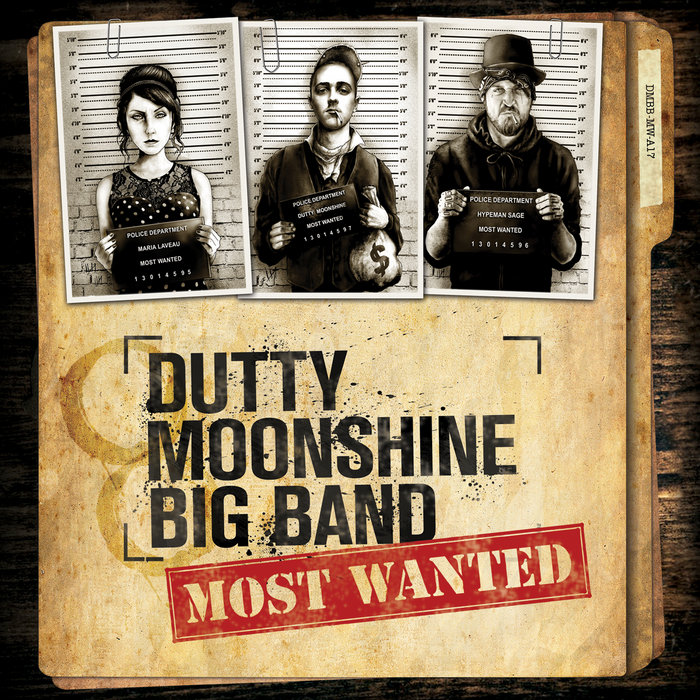
Most Wanted – Dutty Moonshine
this blog is GROOVY – check out great Soul, Funk, Jazz, Hip Hop, Bass, Breaks , Reggae, House n many more TUNES
Boogie-woogie is that infectious piano-based genre that makes you wanna move. With roots in the African American communities of the early 20th century, this lively style combines elements of jazz, blues, and ragtime to create a rhythm that’s simply irresistible. You know it’s gonna be a party when someone starts tickling those ivories with some boogie-woogie!
The story starts around the 1920s, primarily in New Orleans and Chicago. Picture it: vibrant clubs filled with dancing feet and swaying bodies—what a scene! Early boogie-woogies were often played on pianos in juke joints, where patrons would dance away their worries.
At its core, boogie-woogie revolves around the left-hand bass lines (usually a simple repetitive figure) while the right-hand creates catchy melodies or improvisations. It’s rhythmic; it’s energetic; it’s got soul! Some even say if you listen closely enough, you can hear an echo of laughter from those who first jammed out to these tunes.
Let’s give some love to the amazing musicians who have transformed boogie-woogie into what we know today.
Meade “Lux” Lewis – This cat was one of the founding fathers! His piece “Honky Tonk Train Blues” made ripples when he performed at Carnegie Hall in 1938.
Pete Johnson – Another heavyweight who took things up several notches with his infectious energy and showmanship! Rumor has it he once dropped his pants during a performance just for laughs—talk about letting loose!
Albert Ammons – Known as “Mr. Boogiewoogie,” Ammons could swing like nobody’s business! Legend has it he had such big hands that he could reach octave chords without breaking a sweat—even while taking sips from his drink!
George Gershwin – While better known for classical compositions like Rhapsody in Blue, Gershwin was influenced by this spirited style too—he blended jazz rhythms into his works seamlessly.
These guys laid down tracks that were pure magic and established boogie-woogie’s presence everywhere—from hip cats’ lounges to fancy concert halls!
As great as these musicians were, they also had their quirks:
Meade Lewis wasn’t only remarkable on stage but incredibly absent-minded offstage—a classic case of genius thinking art over practicality! Once at a gig, he forgot where he’d parked his car… so he rode home on public transport after performing instead!
Pete Johnson used to claim that his piano keys were sometimes haunted by spirits looking for a good time! He joked about them giving him tips on how to improvise better music—imagine having ghostly bandmates join your jam session!
Albert Ammons loved dessert almost as much as music; legend says he’d refuse invitations unless they served chocolate cake backstage—but hey, no one complains about extra sugar before hitting those high notes!
Jazz critic Honi Coles once said listening “to George Gershwin play was like eating cotton candy—you never wanted him to stop!” If only there were cotton candy-flavored songs…
As times changed through the ’30s and ’40s, big bands took center stage but didn’t overshadow our beloved boogie-woogies completely—they blended together beautifully! Artists began fusing these styles—the upbeat tempos danced alongside jazz standards making everything groovier than ever.
By the late ’50s and ‘60s? Enter rock’n’roll influencing modern sounds (think Jerry Lee Lewis!). A bit later came an unexpected revival among European pianists eager for nostalgia vibes—a shining testament showing how something so uniquely American found global love again!
Today? Well friends—it lives on—influenced countless genres across generations thanks partly due its catchy rhythms inspiring new talent continually popping up worldwide (hello contemporary artists!).
Boasting rich history mixed with playful spirit – there’s truly nothing quite like being swept away by boogies under twinkling lights or sun-soaked dance floors alike—from old school dive bars all way Broadway stages honoring dynamic performers igniting heartbeats faster everywhere every day–a joyful experience indeed.
So next time you find yourself tapping your feet or feeling groovy when hearing some tunes come alive—it might just be because deep down you’re channeling centuries worth rhythmically hopping along since pioneering days begun—with beings behind keyboards adding sparkles life needs most whenever needed most too—and remember folks dance isn’t required here but definitely encouraged throughout entire musical journey ahead wherever may land after all… just let loose embrace beat outside world fades away until comes back round again soon enough act long rest stops quick break exciting trips dives deeper discoveries endless realms open ears & hearts always ready explore further joyously wherever else might lead next time our favorite sound returns surrounding us once more then switch & groove baby groove!!!

Most Wanted – Dutty Moonshine